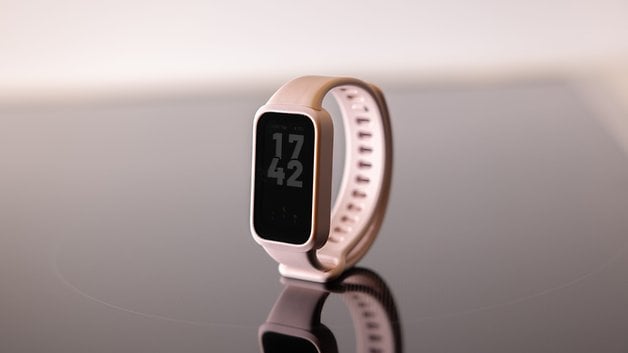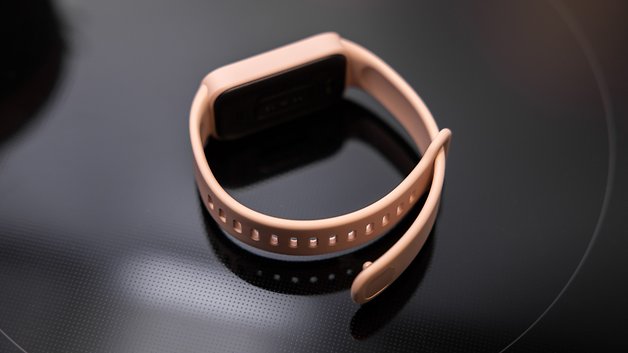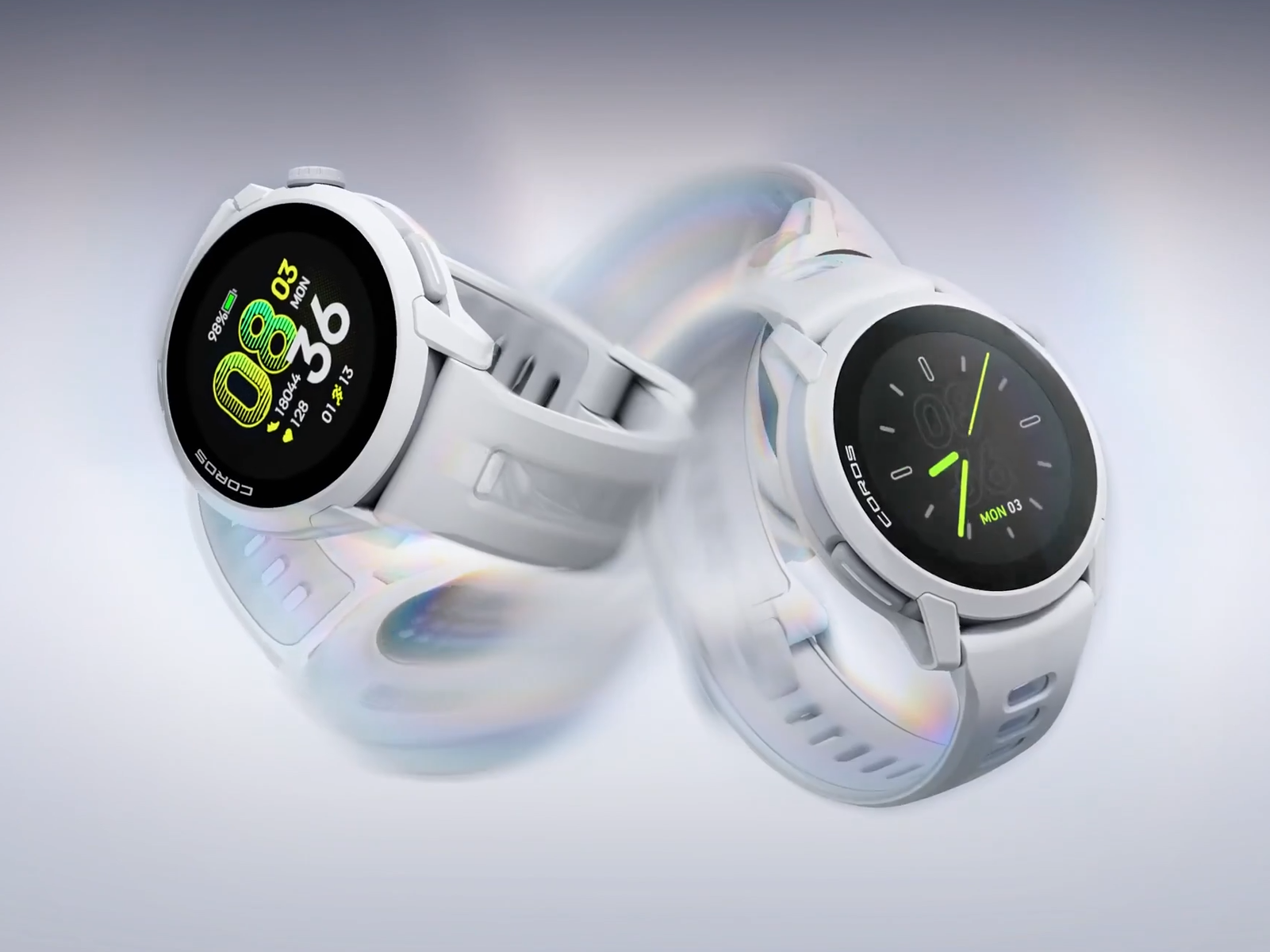
The Xiaomi Smart Band 9 Active is a fitness tracker that is even cheaper than the already inexpensive Smart Band 9. In this test, we have found out for you what compromises await us.
Good
- Very affordable
- Sufficient range of functions for beginners
- Solid build quality
Bad
- Superfluous product
- Fewer functions and sport modes
- Rather imprecise tracking in some cases
- Battery life too short
- No NFC
- No GPS


Xiaomi Smart Band 9 Active: All deals
Xiaomi Smart Band 9 Active release date and price
In addition to the Smart Band 9 we tested a few months ago, the Smart Band 9 Pro and the Smart Band 9 Active tested here have also been available since the end of November 2024. With an MSRP of approximately $30, the fitness wristband is even cheaper than the basic model, which was launched at just under $40.
If you want to get your hands on it, you can choose between the color variants Beige White, Black, and Pink.
Design, hardware and display
The Xiaomi Smart Band 9 Active comes with a wider body than the Xiaomi Smart Band 9, but the display is smaller—instead of 1.62 inches on the normal Smart Band, it remains at the 1.47 inches of the Smart Band 8 Active. Apart from that, the device has no real weaknesses in terms of design and workmanship but is still clearly inferior to the Smart Band 9.
I’ll start with a confession: I’ve been testing Xiaomi’s smart fitness wristbands for a few years now, but had really ignored the Active variant completely until now. If I had had my eye on this representative of the smart band series before, I wouldn’t have been so surprised that the “Active” here doesn’t stand for a robust version aimed more at outdoor fans or athletes. Instead, “Active” stands for: “Come on, let’s bring out an affordable version, but we won’t call it Lite or anything like that.”
Now, armed with this new knowledge, I’m no longer surprised that the casing, unlike the Smart Band 9, is made without metal. So what you get here is a pure plastic bomber, which also doesn’t have the wristbands that you simply clip on. Instead, you press the housing into the wristband, just as was previously the case with the standard model.
At 45.9 x 26.94 x 9.99 mm and 16.5 g (without wristband), the Smart Band 9 Active is slightly shorter and thinner than the Smart Band 9, but more than half a centimeter wider and 0.7 g heavier. Annoying when you also get a display that appears larger but is actually significantly smaller than the standard tracker thanks to the thick bezels.
And speaking of the display: This is also significantly weaker than the Smart Band 9: LCD instead of AMOLED, lower resolution, lower brightness, no ambient light sensor, and more difficult to use (more on this in the next section).
Software and operation of the Xiaomi Smart Band 9 Active
Basically, the fitness tracker, whose display shows the HyperOS logo at the start, is operated in the same way as other models in the range. There are no physical buttons, everything is controlled on the touchscreen. This means you have to swipe down to access the notifications, swipe up for the apps—and swipe sideways to access the quick settings and widgets.
However, the display isn’t as nice as I’m used to with the Smart Band. On the Smart Band 9, I touch somewhere and swipe down on the display when I want to call up the notifications. If I want to do this on the Smart Band 9 Active, I have to explicitly swipe down from the top edge. It’s not a problem, but it’s still less practical if you’re used to doing it differently.
Otherwise, the software runs smoothly and you naturally use Xiaomi’s Mi Fitness app on your phone as a companion app, so we don’t need to say much about this. Just a small addition: setting it up was very straightforward and no, you can’t make mobile payments via NFC with this tracker.
Fitness, health and other functions
This is the part of a fitness tracker test where you can let off steam. This is where the device can shine, show off its range of functions, and prove how much more precise the tracking has become.
To make a long story short: That’s certainly not what we’re talking about here. It starts with the fact that—as with the Smart Band 8 Active—only 50 instead of 150 sport modes are supported. Let’s not kid ourselves: The author of these lines is far from utilizing even a fraction of these modes—regardless of whether it’s 50 or 150. Still, it pisses me off that it’s so significantly less. In addition, the Active wristband does not automatically recognize sports activities.
What is even more annoying is that I have the feeling that the tracking is less precise here. I have to say that I didn’t have much time to do extensive laps outside, but I did complete a solid round of “walking”, which yielded the following results:
- Mi Fitness app: 2.32 km, 3,103 steps
- Samsung Health app: 3.71 km, 4,478 steps
- Google Fit app: 3.5 km, 4,501 steps
The Samsung and Google apps are more or less identical here, but Mi Fitness tracked something completely different.
This may have been a slip-up, so I’m going to do it again and pit all three apps against each other. If the result is more consistent, I will add it to the test here accordingly. Keep in mind, however, that all three apps and all fitness trackers and smartwatches are not health tools. Therefore, the results obtained are always just an indication, which also applies to values such as heart rate, blood oxygen, or stress levels.
What else did I notice? There is no calendar app, but otherwise the range of functions seems to me to be relatively identical to the Smart Band 9. One more thing: you may find it annoying that I compare the two trackers in the Smart Band 9 range so much in this review, but as the price difference is so small, I think it’s appropriate. But more on that in the conclusion.
One more thing, which is certainly not decisive for the war, but which I would like to point out. On the Xiaomi product page says: “Reliably waterproof up to a depth of 50 meters.” Like the Smart Band 9, the tracker is also waterproof to ATM 5. Nevertheless, I like to warn against diving with devices that are not at least ATM 10 waterproof. I mention this because I also find the following further down on the product page:
Water resistant to 5 bar (equivalent to a diving depth of 50m). This means that the watch can be worn in the swimming pool, when swimming near the shore and during other activities in shallow water. Not suitable for wearing in hot showers, saunas or when diving.
How do I get down to 50 m without diving? Or in other words: The tracker works if I use it at a depth of 50 m, but I’m not allowed to dive there? In any case, I am confused and would at least ask you to be careful when using it in the water.
Battery of the Xiaomi Smart Band 9 Active: Simply not enough
Compared to the normal Smart Band, Xiaomi has increased the battery to 300 mAh. Sounds good, but unfortunately, the battery performs noticeably worse in the Smart Band 9 Active.
It is exactly 17:20. This is interesting in that it means that a) I’m about to finish work, but b) above all, it took me exactly 100 minutes to get the battery to 100 percent. To be honest, that’s a little too long for me, but hey, after all, the battery is much bigger than on the Smart Band 9.
However, we need to talk about why a fitness tracker lasts less time despite having a smaller, less bright, and poorer display and fewer functions. Xiaomi itself claims that the battery should last up to 18 days, or up to nine days with intensive use. For comparison: According to Xiaomi, the 233 mAh battery of the Smart Band 9 should last up to 21 days without a power outlet.
My problem: I took over the device here with 70 percent and had to charge it again after almost exactly 48 hours. This means that my intensive use is more like three days instead of nine. I have switched on everything from the notifications to permanent pulse and blood oxygen measurements. But that’s still not enough for me.
There is also the usual annoyance about the short charging cable, which is attached to the pins with a magnet, the lack of a charger, and the lack of wireless charging. However, as this is not available on the standard model either, I obviously don’t hold this against the even cheaper device.
Conclusion: Don’t buy the Smart Band 9 Active!
At the end of my test, would I recommend that you buy the Smart Band 9 Active? No, quite honestly not. Not because the device isn’t worth the money in isolation. It would be a decent fitness tracker at a low price if Xiaomi didn’t have a similarly priced but much better model in its portfolio.
Price search engines tell us that the price of the Smart Band 9 has been within $5 of the “Active” model. I, therefore, don’t see how I could recommend this Active version, which has a smaller, poorer display, offers only a third of the sport modes, has a shorter battery life, measures less precisely, and can’t keep up with the Smart Band 9 in terms of materials.
Even if you are in a difficult financial situation where every dollar counts, I would advise against buying it. If you’re not in a hurry, you can always find offers below $50 for the regular Smart Band 9.
I’m a little sorry about that, because the price is basically okay and the technology is solid—but in my opinion, Xiaomi isn’t doing itself any favors here with its product strategy. I don’t know if I’ve caught a typical bargain model here, but please get the Smart Band 9 instead.










